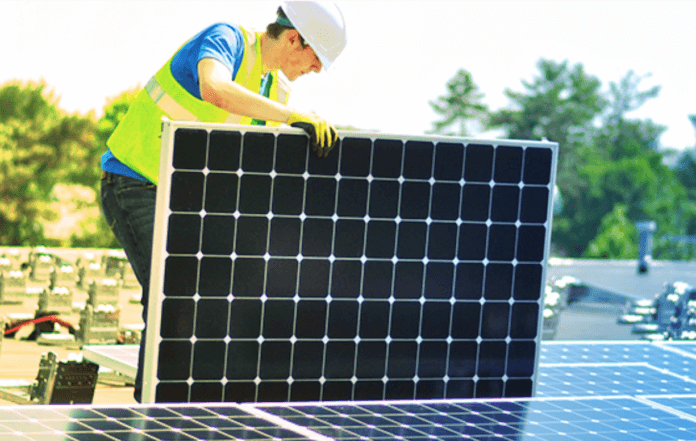The U.S. solar market installed 3.6 GW of new solar photovoltaic (PV) capacity in Q1, representing its largest first quarter ever in the U.S.
According to the U.S. Solar Market Insight Q2 2020 report, recently released by the Solar Energy Industries Association (SEIA) and Wood Mackenzie, the coronavirus pandemic is having a significant impact on the U.S. solar industry. Construction has been delayed, customer demand has dropped and access to financing for projects of all sizes has been challenged.
“The solar industry has certainly been impacted by the pandemic, resulting in uncertainty for businesses and 72,000 Americans out of a job,” says Abigail Ross Hopper, president and CEO of SEIA.
“Our industry remains one of the fastest-growing industries in the country, and with simple policy action now, we are ready to lead our economic recovery and provide new hope for out of work Americans in the second half of this year,” she adds.
Forecasts show that this year the residential and non-residential markets will see 25% and 38% decreases in year-over-year installation volumes, respectively, as the segments face challenges posed by work stoppages, permitting delays and drops in consumer demand. Distributed markets will see a combined 32% less solar installed this year than forecasted before the pandemic.
Overall, however, Wood Mackenzie forecasts 33% growth this year, owing entirely to the strong performance of the utility-scale segment, which is expected to account for more than 14 GW of new installations. Record utility-scale procurement totals in 2019 and Q1 positioned the segment for a record year, even as large-scale projects face some construction delays and challenges in financing and developing early-stage projects.
Beyond 2020, all market segments face considerable uncertainty caused by the pandemic, resulting in a downward revision of 3.6 GW to the 2020-2025 forecasts relative to last quarter. Growth will be contingent on economies reopening, recovery of consumer and business demand, financial market stability and a resumption of growth in electricity demand.




